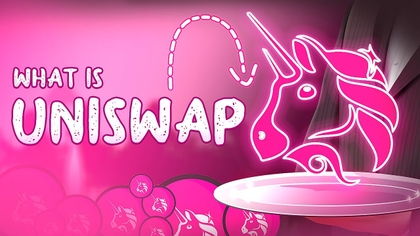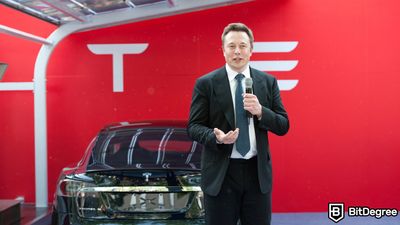Generative artificial intelligence (AI) is revolutionizing communication for patients with severe neurological disorders like amyotrophic lateral sclerosis (ALS).
Neurotech firm Synchron announced that it has incorporated OpenAI's GPT models into its brain-computer interface (BCI) system, allowing paralyzed individuals to send messages using only their thoughts.
Synchron noted that OpenAI's technology produces both text and audio content, enabling more natural and real-time human-AI interactions, which is essential for individuals with neurological disorders to generate complex, context-aware responses.

Did you know?
Want to get smarter & wealthier with crypto?
Subscribe - We publish new crypto explainer videos every week!
What is Uniswap? (UNI Token Explained With Animation)


In a demonstration, Mark, an ALS patient, used Synchron's BCI to communicate with his doctor, book an appointment, and describe his pain levels by thought alone. He said:
As someone who will likely lose the ability to communicate as my disease progresses, this technology gives me hope that in the future I'll still have a way to easily connect with loved ones. This will be a game changer.
Founded in 2012, Synchron is developing an implant that enables direct brain-computer interaction. Their BCI device is installed using a minimally invasive procedure, where the implant is inserted through the jugular vein and guided to a blood vessel on the motor cortex's surface.
Once implanted, the device wirelessly transmits motor intentions from the brain, allowing paralyzed users to control various devices.
In contrast, Neuralink, founded by Elon Musk, employs a more complex surgical method that involves opening a section of the skull and using a robotic system to place the chip in the brain area responsible for movement intentions.
Recently, Neuralink showcased its first human subject, Noland Arbaugh, a 29-year-old paralyzed man, controlling a computer cursor and playing games using only his mind.
Such innovations promise to significantly enhance the quality of life for those with severe motor impairments by providing new ways to communicate and interact.






















